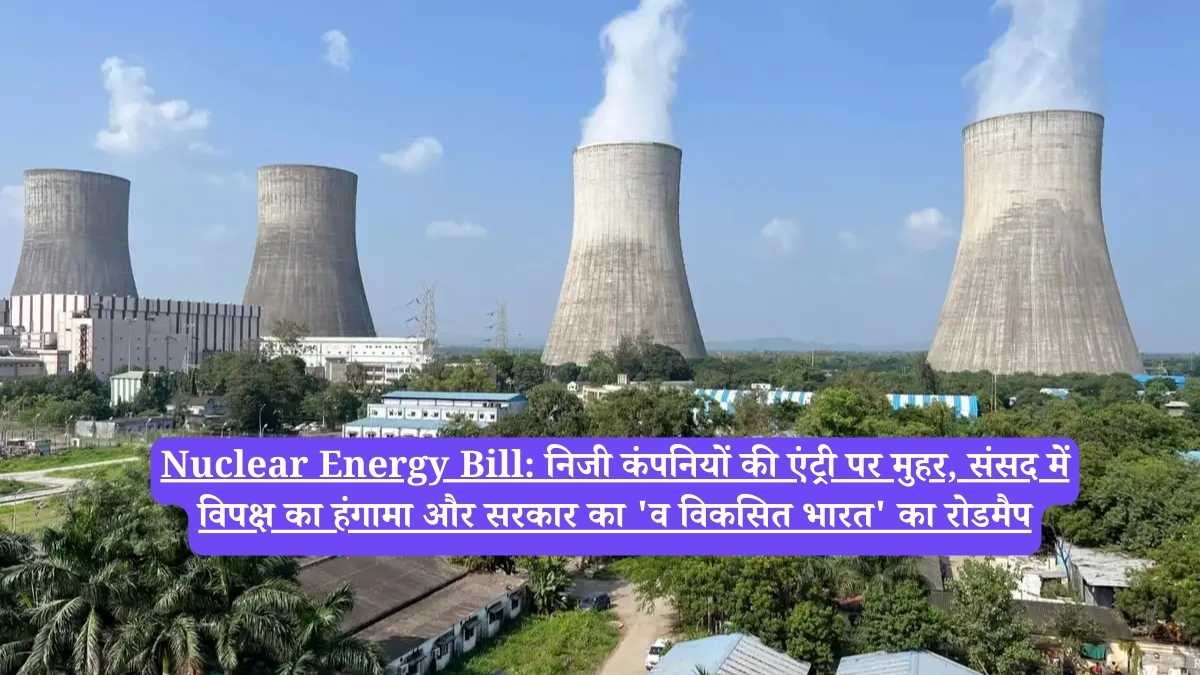Join WhatsApp
Join NowRemote work real estate: Ever since the COVID-19 pandemic ushered in the era of remote work, a fascinating and financially savvy trend has quietly taken hold across India. People have discovered a powerful new formula for saving money and achieving a better quality of life: “Live on rent in the big city, but buy your dream home in a small town.” For years, securing a high-paying job meant being physically present in metros like Mumbai or Bengaluru, a reality where nearly half your salary vanished into exorbitant rent, and owning a home felt like an impossible dream.
Now, with the freedom to work from home, the entire dynamic has shifted. Professionals are retaining their big-city salaries but are either moving back to their hometowns, relocating to quieter, more affordable small towns, or cleverly continuing to rent in the metros while strategically investing in property in Tier-2 and Tier-3 cities.
Lower Investment, Higher Returns: The Smart Money is on Small Towns
For a growing number of people, owning a home in major metropolitan areas like Delhi-NCR, Bengaluru, and Mumbai is simply becoming financially unattainable. This harsh reality has forced homebuyers to adopt a new, smarter strategy. For those investing for the long term or with retirement in mind, Tier-2 cities are emerging as a lucrative option, offering the potential for higher yields with lower risk. This is because property prices in these smaller cities are significantly lower, meaning even a modest price appreciation translates into a much larger percentage gain.
Real estate prices in smaller cities are a fraction of what they are in the metros. Therefore, individuals who were previously just burning money on rent in a big city can now use that same amount to pay a lower EMI for a much larger, more luxurious home in a small town. In simple terms, remote work has given people the financial freedom to leverage their high metro salaries to improve their quality of life, save a significant amount of money, and build a valuable asset. This is no longer just a passing trend; it has become a wise and calculated financial decision for the new-age Indian professional.
The Metro Trap: High Costs and a Life of Compromise
For decades, the path to a better salary and superior career opportunities in India invariably led to Tier-1 cities like Delhi, Mumbai, Bengaluru, and Hyderabad. While these cities offered attractive paychecks, they also came with a hefty price tag. The skyrocketing costs of rent and property meant that a substantial portion of one’s salary was consumed by high rents and crippling EMIs (Equated Monthly Instalments).
Many professionals found themselves unable to buy a home in the cities they worked in, as even a small 1BHK or 2BHK apartment was priced far beyond their reach. They were forced to live in cramped rental accommodations, all while knowing they could afford a much larger and better home in their hometowns for a fraction of the cost.
Remote Work: The Ultimate ‘Game Changer’
According to a recent ANAROCK survey, it’s no surprise that over 81% of potential homebuyers in India cite rising property prices as their biggest concern. This is backed by hard data from ANAROCK Research, which reveals that the average property prices in India’s top seven cities have surged by over 50% in the last two years alone. The average price, which was ₹6,001 per square foot in Q2 2023, has skyrocketed to ₹8,990 per square foot by Q2 2025.
This is where remote work has played the role of a true ‘game changer’. When companies gave their employees the green light to work from home, the geographical constraint of living close to the office vanished overnight. Employees were suddenly free to work from cities where the cost of living was significantly lower—namely, Tier-2 and Tier-3 cities—while continuing to draw their metro-level salaries.
The Unbeatable Advantages of Investing in Tier-2 Cities
The financial logic is compelling. The same money that would be spent on the high rent of a single-room flat or a massive EMI for a small apartment in a metro city can now be used to finance a spacious villa or a luxurious 3BHK apartment in a Tier-2 city at a much lower EMI.
But the benefits don’t stop at the property purchase. The overall cost of living is drastically reduced. Transportation expenses, daily food costs, and other miscellaneous expenditures are all lower, allowing people to save more. This saved money can then be channeled into other investments, used to pay off loans faster, or simply to upgrade their lifestyle, leading to a more fulfilling and financially secure life.

















